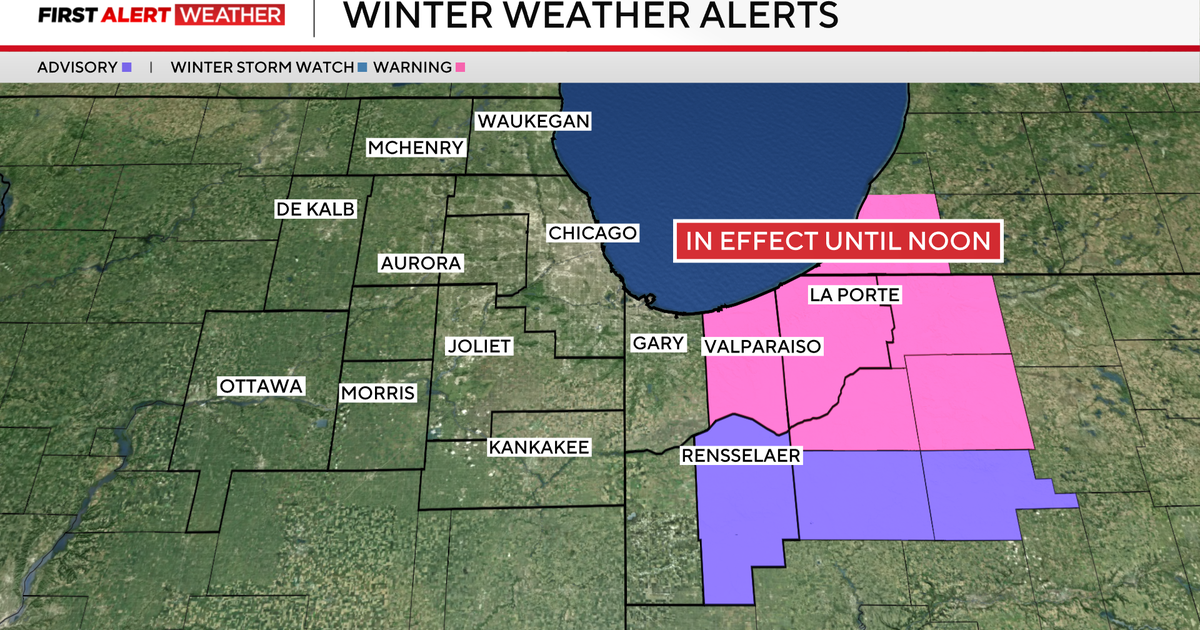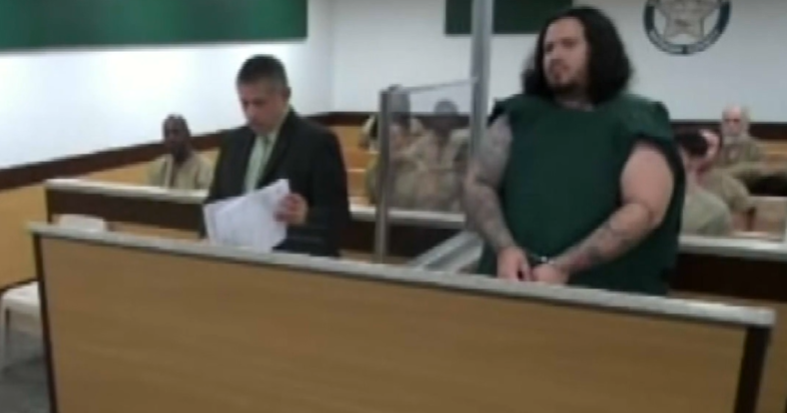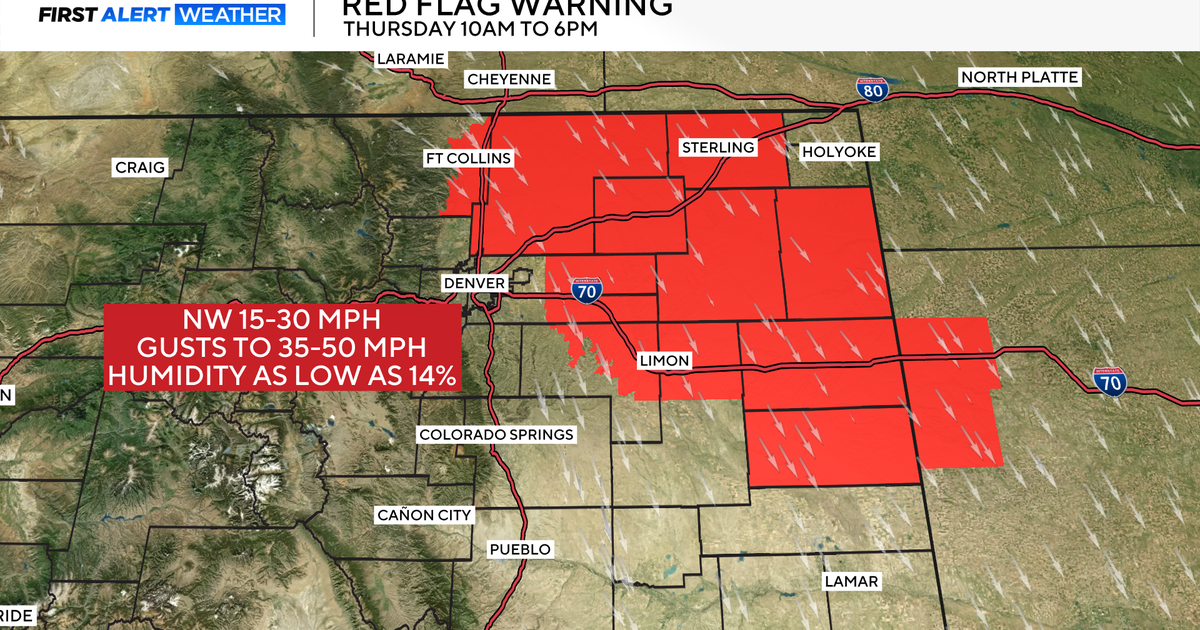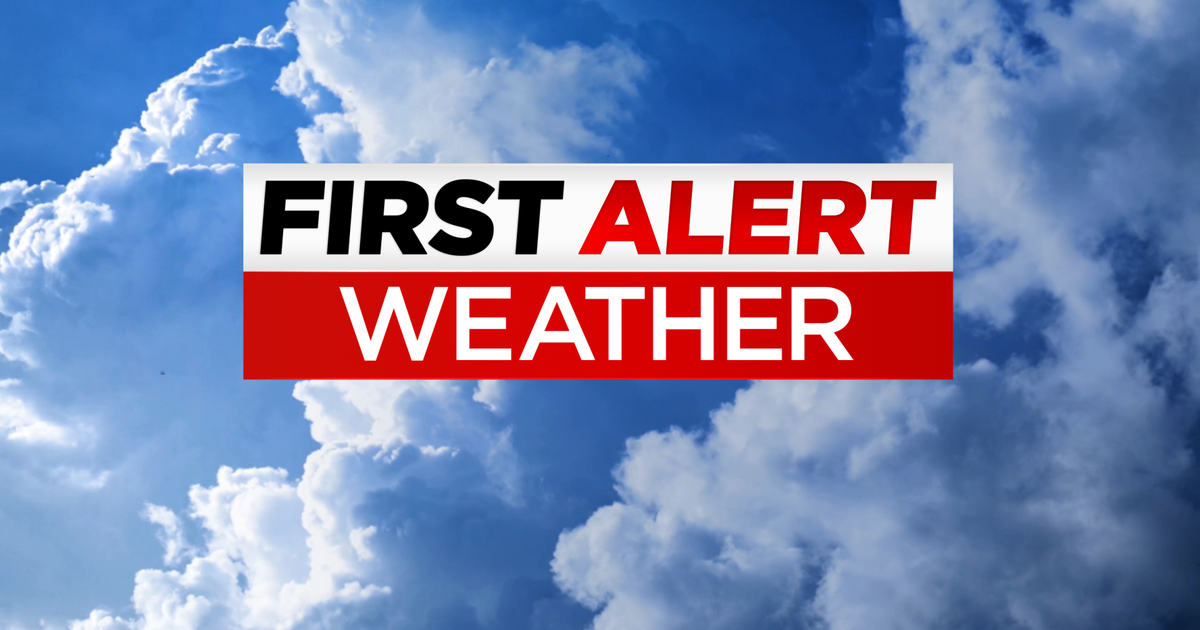Helene downgraded after hitting Florida as Cat. 4 storm. Here's what Floridians need to know.
MIAMI - Hurricane Helene made landfall Thursday night, slamming into Florida's Big Bend as a powerful Category 4 storm. It soon weakened to a tropical storm and moved over the southeastern U.S. on Friday morning.
Helene is no longer a tropical system, the National Hurricane Center said in its final advisory at 5 p.m. Friday. The remnants of the storm moved up to Kentucky.
At least 105 deaths have been attributed to the storm. 13 of those are Florida: 10 in Pinellas County, two in Hillsborough County and one in Dixie County.
The storm made landfall about 10 miles west of Perry, Florida, at 11:10 p.m. EDT Thursday, according to the hurricane center. Strong winds cut power to more than 1 million homes and businesses across the state, according to the tracking site poweroutage.us. Millions of customers across Georgia, Virginia and the Carolinas were also without power on Friday.
The governors of Florida, Georgia, Alabama, the Carolinas and Virginia all declared emergencies in their states.
All coastal watches and warnings were discontinued by Thursday afternoon.
Storm damage
The storm made landfall in a sparsely populated region in the rural Big Bend area, home to fishing villages and vacation hideaways where Florida's Panhandle and peninsula meet. But the damage extended hundreds of miles to the north, with flooding as far away as North Carolina.
Video on social media sites showed sheets of rain coming down and siding coming off buildings in Perry, near where the storm arrived.
"It's really heartbreaking," said Stephen Tucker, after the hurricane peeled off the brand-new roof at her church in Perry. It had to be replaced after last year's Hurricane Idalia, and the congregation was just weeks away from moving back into the newly renovated sanctuary.
Florida Gov. Ron DeSantis said the damage from Helene in the area appears to be greater than the combined damage of Idalia and Debby last August. "It's demoralizing," he said.
The response
President Joe Biden said he was praying for survivors as the head of the Federal Emergency Management Agency headed to the area. The agency has deployed more than 1,500 workers, and they helped with 400 rescues by late morning.
County officials immediately launched boats to reach stranded people, warning that the water could contain live wires, sewage, sharp objects and other debris.
"If you are trapped and need help please call for rescuers - DO NOT TRY TO TREAD FLOODWATERS YOURSELF," the sheriff's office in Citrus County, Florida, warned in a Facebook post, while raising concerns that the tide could bring another surge of up to 10 feet (3.05 meters).
The Florida Fish and Wildlife Conservation Commission has boat teams in Dixie and Taylor counties doing search and rescue. The two counties are ground zero of the storm. An additional team of 72 staff were heading to Taylor, Dixie and Levy counties with shallow water boats. Florida Fish and Wildlife also has boat teams going through Franklin and Wakulla counties to assess storm damage.
Law enforcement and first responders along the west coast were conducting search and rescue operations to help those who may be trapped by flood waters or debris.
Rescuers in Tampa also used boats to reach stranded residents. "Flooding was what we had warned everyone about," Mayor Jane Castor said.
Gov. DeSantis declared a state of emergency earlier this week for 61 of 67 counties in Florida. President Joe Biden approved a Florida emergency declaration on Tuesday, which authorized the Federal Emergency Management Agency to coordinate all disaster relief efforts and includes assistance and reimbursement for mass care including evacuation and shelter support.
Mr. Biden approved Florida's disaster declaration on Saturday, allowing federal aid to supplement state, tribal and local recovery efforts in the areas impacted by Helene.
Federal authorities positioned generators, food and water, along with search-and-rescue teams.
DeSantis' order also activated the Florida National Guard and Florida State Guard to assist in the storm's aftermath.
Several counties on Florida's west and northwestern coasts issued evacuation orders, and many schools, offices and businesses were closed as Helene moved north through the Gulf and made landfall.








